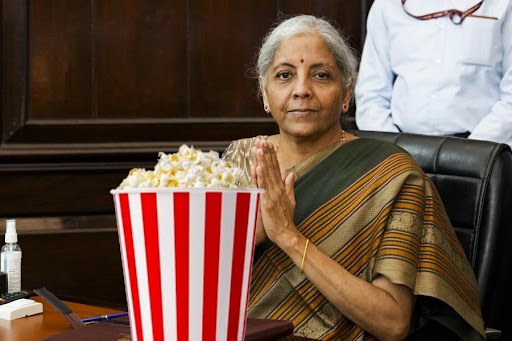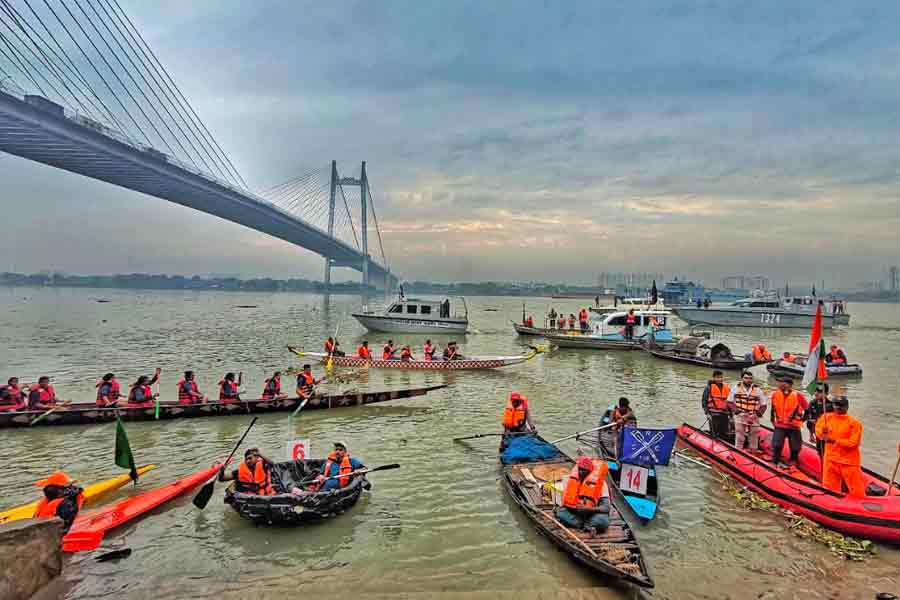 Saturday, 21 December 2024
Saturday, 21 December 2024
 Saturday, 21 December 2024
Saturday, 21 December 2024
Ratan Tata, who passed away on Wednesday, was a titan of Indian industry who put the Tata Group on the global map. He was born into wealth, but earned his place as one of the country’s most transformative figures.
It was very much his vision and efforts that overhauled the Tata group from a sleeping giant into a $403-billion software-to-steel colossus with operations in 100 countries.
Tata was always one to follow the rules he set himself and he retired as group chairman when he hit 75. But he continued to exert palpable force behind the scenes, returning as interim chairman for five months in 2016 and was chairman emeritus of Tata Sons -- the group's principal investment company -- until his death.
His forward-focused vision for the group resulted in both significant successes and undeniable failures during the last three decades. He was the moving force behind the Tata Nano which was highly acclaimed upon launch. But the vehicle quickly turned into a “crumpled road wreck” as aspirational Indians did not want to be seen to be driving the world’s cheapest car.
The Tata Group’s global forays also had mixed results, a reality Tata himself acknowledged. The group is the largest employer in Britain and till this week had 60,000 people on its rolls – though it will lay off 2,500 by Christmas.
In Britain, the Tatas made headlines with their acquisitions of JLR (Jaguar Land Rover), Corus (formerly British Steel) and Tetley Tea. The surprise purchase of Jaguar Land Rover has been a resounding success, largely due to the ongoing popularity of Land Rover. Conversely, Corus has been a big financial drain.
The British acquisitions were celebrated in India as “reverse colonialism.” Across the Atlantic, the Tata group owns New York’s famous Pierre Hotel. At home, the group is spanned across countless products from salt to steel.
Tata was raised by his indomitable grandmother, Lady Ratan Tata, after his parents, Naval and Sooni, separated – a situation he described as unusual for that era. Ratan and his brother Jimmy lived in an enormous house their grandfather had built with the intention of turning into a museum. That dream had been thwarted when his grandfather died before it could be realised.
Tata, who kept a low-key profile all of his life, found the family’s huge wealth embarrassing, recalling, “When going to school in Bombay, my grandmother used to have a huge Rolls-Royce which was quite old at that time.” He said it was “so ostentatious it would embarrass my brother and me to be seen in that so we’d walk home and the car would follow us.”
But Tata and his brother enjoyed long summers at their grandmother’s huge estate in Twickenham, then on London’s outskirts. He describes his grandmother as the greatest role model of his childhood.
“These were very happy days. She was very understanding and yet very demanding,” he recalled: “She was probably the most significant force at that time,” he added. “The underlying theme was never to do anything that would bring shame to the family.”
It was a life of “great luxury” – the house in Mumbai known as Tata Palace had 50 servants. But “the legacy of being fair to all, was a tremendously strong legacy… we were never a family who shouted at our servants.”
His relationship with J.R.D. Tata had its ups and downs. Ratan described JRD, or Jeh as he called him, as being initially very cold during their brief meetings. But their common love of flying later brought them together.
Ratan flew solo for the first time in the US soon after turning 17, the legal age for flying alone. JRD famously participated in a 1930 race to become the first Indian to fly from India to the UK (a competition he lost because he lent desperately needed spark plugs to another flyer, Aspy Engineer, who won the race and later went on to become the Indian Air Force chief).
It was never guaranteed that Ratan Tata would take over the giant group from JRD. He did an architecture degree at Cornell and then moved to California, unable to bear the cold.
He returned to India at his grandmother’s request and had a very mixed career, starting on the shopfloor at Telco where trucks were manufactured in Jamshedpur. After a year he shifted to Tisco, now Tata Steel, where he got to know JRD better.
JRD even encouraged him to start a flying club in Jamshedpur. Although he had returned to India with an appointment letter from IBM, JRD insisted he return to the Tata Group.
After spending a few months working with the group in Australia, Tata briefly joined TCS, then a tiny company engaged in elementary tech-related work. He soon moved to an aborted attempt to make colour TVs in partnership with the German company Grundig, before joining radio-maker Nelco, a company he felt he could turn around.
Under his leadership, the company diversified into calculators and mini-computers and by the time he left 10 years later, Nelco was making a small profit. During this time, JRD indicated Ratan’s rising status and made him a Tata Sons director.
By the 1980s, he was marked as being JRD’s potential successor. As the Indian economy began to open up under Rajiv Gandhi, Ratan sent JRD his views on the group’s future moves. In 1988, he became Telco (now Tata Motors) chairman and in March 1991, he succeeded JRD as chairman.
His battles after taking over have been well-documented, including opposition from powerful satraps like Russi Mody, who justifiably felt he had been the key player in Tisco’s success.
One of Tata’s early initiatives was to unify the group’s major companies under a common logo, requiring a payment for its use. Tata Iron and Steel Company became Tata Steel, and Telco became Tata Motors.
Ratan Tata had grand ambitions for the group and he quickly steered Tata Motors into auto manufacturing. He was eager to tie up with Singapore Airlines and tried to get into aviation in the late 1990s but delays in obtaining permissions caused him to pull back. His dream of owning Air India has finally came true but the group has been struggling to get its flight plan right and integrate four airlines.
Tata’s ongoing influence in the group became clear when his handpicked successor as chairman, Cyrus Mistry, was ousted under extremely acrimonious circumstances. Now Tata Group chairman N. Chandrasekaran faces the challenge of steering the conglomerate without the guidance of the group’s “Great Helmsman.”
Speculation about who might take over the group next focuses on Ratan’s half-brother, Noel Tata, who is on a winning streak at the moment with his Trent Ltd. The retailer’s share price has doubled in the last six months from Rs 4,023 to Rs 8,230 as of Monday and it is now the Tata Group’s fourth most valuable company. Noel is also vice chairman of Titan and Tata Steel.
Ratan Tata was very much more than an industrialist focused only on the corporate world and profit-making. He was a philanthropist known for his large heart, particularly toward animals. The Tata office in Mumbai was famous for having a huge room near the entrance where stray dogs could come in and be fed and escape the vagaries of the weather. He famously missed a lifetime achievement award ceremony at Buckingham Palace because one of his dogs was unwell.
More recently, he was the force behind building the Rs 165-crore Small Animals Hospital in Mumbai which offers 24x7 emergency care for dogs and cats.
Tata was also, in recent years, an active venture capitalist with holdings in many startups, including in a small enterprise Goodfellows, a service that pairs the elderly with university graduates for “chai and chats”. Tata has also, in recent years, been an active venture capitalist with holdings in dozens of startups.
In the final analysis, there’s no question that Tata has been a key figure in Indian industry, a guiding force watched by others. Did he make mistakes? Certainly yes, but the balance must be very much in his favour, as he leaves behind an indelible legacy of innovation and compassion that will resonate for years to come.







